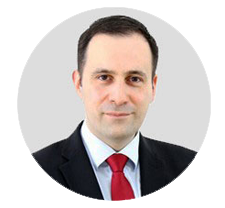The challenge
Translation Memories (TMs) store translations and enable you to re-use translations, thus saving time and money. In order to do this, the TMs must be well managed and maintained so that the right translation is suggested in the right quality and context. However, this is not always the case: Translations from different domains, for different texts, with varying quality, created with different tools, often end up in large TMs - or are distributed across a number of TMs. The risk of “incorrect” translations being recycled or texts being translated twice increases. What can one do about this? Create new translation memories and start again from scratch? Clean up existing TMs? You will quickly realize that the available translation memory systems have their limits when it comes to TM maintenance and clean-up. We can show you what you should keep in mind when managing your translation memory, and clean up your TMs so that you can get the most out of them.

Defining rules for clean-up
- Rules for cleaning up the source text and translation and for harmonizing metadata with examples
- Rules for checking the formatting (e.g. when the file format for the translation is changed)
- Rules for deleting translations (e.g. outdated, incorrect translations)
- Rules for splitting or merging translation memories
- Rules for anonymizing and pseudonymizing translation memories
- Checking by and approval from the client
Your advantages
- Automated clean-up of translation memories using the latest language technology and linguistic intelligence
- Consistency in translations from various service providers or business divisions
- Simplified and uniform translation memory management
- Optimized re-using of existing translations from the translation memory
- Immediate improvement of the consistency and quality of translations

Loctimize GmbH
Daniel Zielinski
Försterstraße 19
66111 Saarbrücken
Germany
Phone:+ 49 681 91038365
Fax: + 49 681 91038367
Email: zielinski(at)loctimize.com






